Additional notes (click to expand)
Medicinal
Essential oils.
Germplasm Resources Information Network (GRIN) at www.ars-grin.gov/cgi-bin/npgs/html/tax_search.pl
Geographical distribution
- Africa, Northern Africa, Algeria
- Africa, Northern Africa, Libya
- Africa, Northern Africa, Morocco
- Africa, Northern Africa, Tunisia
- Asia-Temperate, Caucasus
- Asia-Temperate, Western Asia, Cyprus
- Asia-Temperate, Western Asia, Israel
- Asia-Temperate, Western Asia, Jordan
- Asia-Temperate, Western Asia, Lebanon-Syria
- Asia-Temperate, Western Asia, Turkey
- Europe, Eastern Europe, Ukraine
- Europe, Southeastern Europe, Albania
- Europe, Southeastern Europe, Bulgaria
- Europe, Southeastern Europe, Greece
- Europe, Southeastern Europe, Italy
- Europe, Southeastern Europe, Yugoslavia
- Europe, Southwestern Europe, France
- Europe, Southwestern Europe, Portugal
- Europe, Southwestern Europe, Spain
Cistus creticus L.
Family: CISTACEAEGenus: Cistus
Species: creticus L.
Common names: Cretan rockrose
Distribution summary: Mediterranean
Habit: Shrub
Hardiness: H3 - Half hardy; unheated greenhouse/mild winter
Habitat: Scrub and waste land
Garden status: Currently grown
Garden location: Europe & Mediterranean (E), Plants of the World (B)
Flowering months: June
Reason for growing: Medicinal
.JPG)
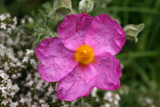

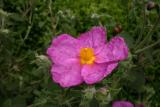
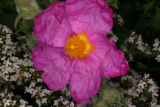
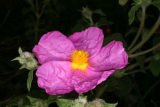
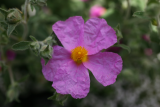
.JPG)
.JPG)
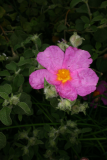
.JPG)